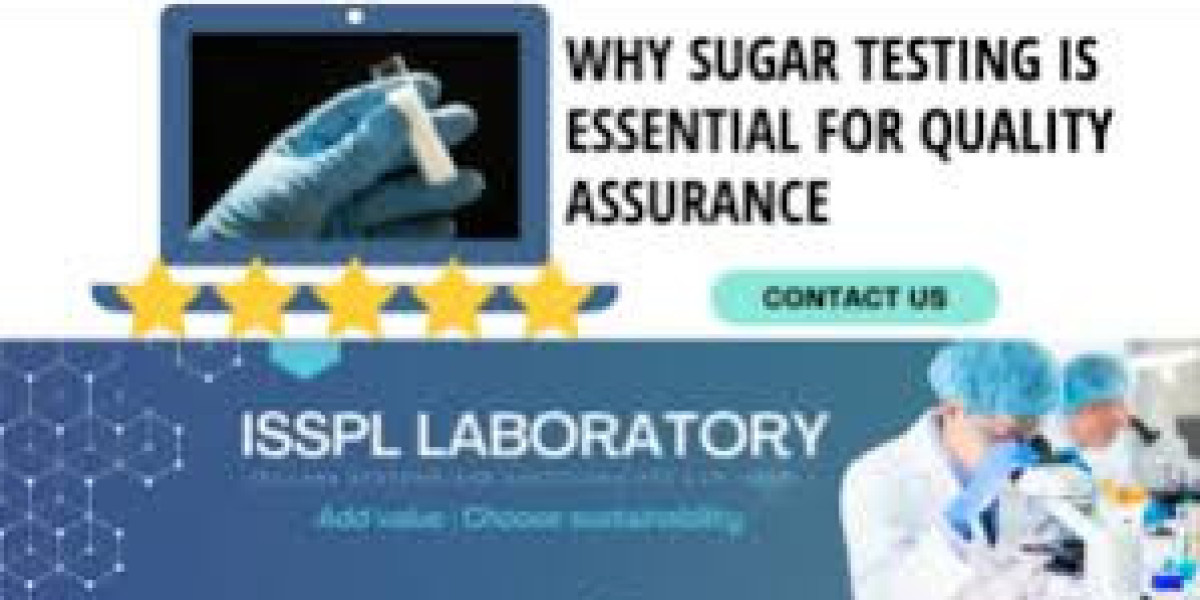Antibiotic residues in food products, particularly in animal-derived foods such as meat, milk, and eggs, pose significant health risks to consumers. These residues can lead to antibiotic resistance, Antibiotic Residues Testing allergic reactions, and various health issues. Thus, developing effective screening methods for detecting these residues is essential for ensuring food safety and compliance with regulatory standards. This article explores various effective screening methods currently employed to detect antibiotic residues in food.
1. Enzyme-Linked Immunosorbent Assay (ELISA)
ELISA is one of the most widely used screening methods for detecting antibiotic residues in food. This technique utilizes antibodies that specifically bind to target antibiotic residues. The procedure involves coating a plate with the target antibiotic, adding food samples, and then introducing enzyme-linked antibodies. A color change indicates the presence of antibiotic residues, allowing for quantification. ELISA is favored for its sensitivity, rapid results, and ability to process multiple samples simultaneously.
2. Liquid Chromatography-Mass Spectrometry (LC-MS)
Liquid chromatography-mass spectrometry (LC-MS) is a powerful analytical technique that separates and quantifies compounds in complex mixtures. This method is particularly effective for identifying various antibiotic residues at very low concentrations. In LC-MS, the food sample is first prepared through extraction and purification, then injected into the liquid chromatograph, where it separates based on molecular weight. The mass spectrometer then detects and quantifies the residues. While LC-MS is highly sensitive and accurate, it requires specialized equipment and trained personnel, making it more suitable for laboratories than on-site testing.
3. High-Performance Liquid Chromatography (HPLC)
High-performance liquid chromatography (HPLC) is another widely used technique for screening antibiotic residues. Similar to LC-MS, HPLC separates compounds in a mixture based on their interactions with a stationary phase and a mobile phase. The separated components are detected, typically using UV or fluorescence detection. HPLC is recognized for its high resolution and ability to analyze multiple antibiotic classes simultaneously, making it an effective choice for routine monitoring in food safety.
4. Polymerase Chain Reaction (PCR)
Polymerase chain reaction (PCR) is a molecular biology technique that amplifies specific DNA sequences associated with antibiotic resistance genes. While it does not directly measure antibiotic residues, PCR can provide insights into the presence of resistant bacteria in food products. This method is particularly useful for assessing the potential risk of antibiotic residues, as it identifies bacterial strains that may survive despite treatment. PCR is highly sensitive and specific, making it a valuable tool for monitoring food safety.
5. Biosensors
Emerging technologies such as biosensors offer innovative solutions for rapid screening of antibiotic residues. Biosensors combine biological components (such as enzymes or antibodies) with electronic systems to detect chemical compounds. These devices can provide real-time monitoring and are often portable, making them suitable for on-site testing. Research is ongoing to enhance the sensitivity and specificity of biosensors, with potential applications in various food products.
Conclusion
As concerns over antibiotic residues in food continue to grow, effective screening methods are paramount for ensuring food safety and public health. Techniques such as ELISA, LC-MS, HPLC, PCR, and biosensors provide a range of options for detecting antibiotic residues in animal products. Each method has its advantages and limitations, making it essential for regulatory agencies and food industries to select appropriate techniques based on their specific needs and resources. By implementing reliable screening methods, the food industry can contribute significantly to consumer safety and the mitigation of antibiotic resistance.
